Have you ever wondered what your cat would say if it could talk? Maybe something like, “Can you make things a bit cozier around here?” Cats may seem mysterious or even aloof, but they are incredibly sensitive creatures who crave comfort and safety as much as we do. A stressed cat isn’t just grumpy—it can develop health problems, withdraw from family life, or act out in surprising ways. Luckily, making life easier and more enjoyable for your feline friend doesn’t require magic—just a bit of insight and a lot of love. Here are ten heartfelt, practical ways to transform your home into a feline haven and see your cat’s happiness bloom.
Create a Safe Haven

Every cat needs a place where the world feels miles away—a sanctuary just for them. Think of it like a “do not disturb” sign for your feline’s peace of mind. You can carve out a cozy corner using a soft blanket, a cardboard box, or even a small tent-style cat bed. Place this hideaway somewhere quiet, away from the daily bustle of your home. High-up spots, like a shelf or a window perch, are ideal since they satisfy your cat’s urge to survey their territory from above. A safe space helps your cat decompress after a stressful event, whether it’s a noisy visitor or a thunderstorm. Don’t forget to occasionally refresh the area with familiar scents, like a worn T-shirt, to make it even more inviting. A private retreat can do wonders for calming anxious cats and gives them control over their environment—a must for their well-being.
Keep a Predictable Routine
Cats are creatures of habit, and unpredictable changes can throw them off balance. Feeding them at the same time each day, sticking to a regular play schedule, and maintaining a steady bedtime all help create a sense of security. Imagine how you’d feel if your meals or work hours changed at random—it’d be unsettling! The same goes for your cat. Try to avoid major changes in their environment, like moving furniture too often or changing their feeding spot. Even small disruptions, such as a new cleaning routine, can be stressful. If changes are unavoidable, try to introduce them slowly so your cat has time to adjust. A predictable routine is a quiet promise to your cat: “You are safe here, and you know what’s coming next.”
Provide Vertical Space
Cats love to climb—it’s in their DNA. Vertical spaces like cat trees, window perches, and shelves give your cat a safe place to jump, scratch, and observe the world from above. This isn’t just fun for them; it’s deeply comforting. In the wild, elevation offers safety and a perfect vantage point to keep an eye on prey or potential threats. Add a tall cat tree near a sunny window, or install a few floating shelves as a kitty highway. If you’re short on space, even a cleared-off bookshelf can be a hit. These elevated spaces give your cat mental stimulation, exercise, and a sense of ownership over their territory. It’s like giving them their own little skyscraper in your living room.
Offer Interactive Playtime
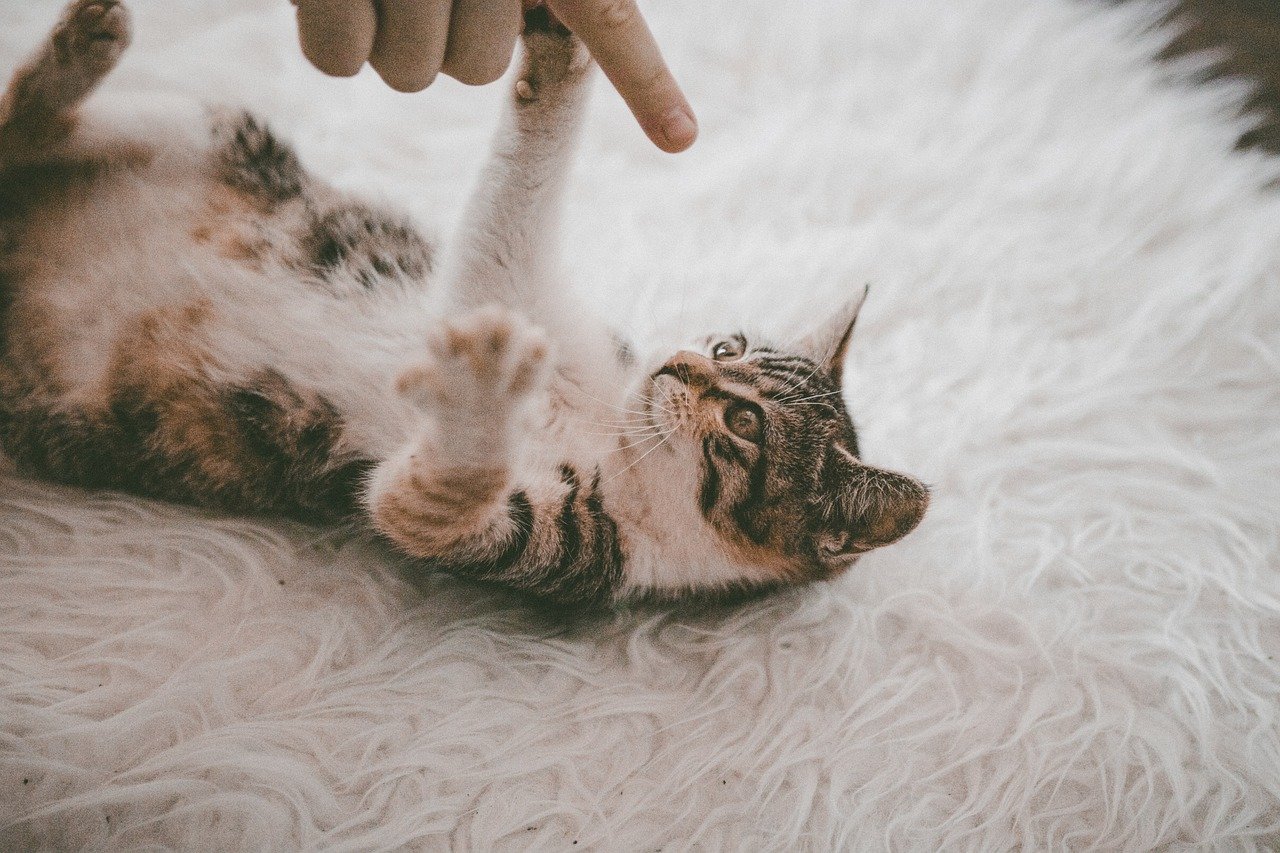
Boredom is the enemy of a happy cat. Engage your kitty’s mind and body with daily interactive play. Use wand toys, feather teasers, or even a crumpled piece of paper to get their attention. Playtime isn’t just about exercise—it’s also a powerful stress reliever. A good play session mimics hunting and allows your cat to burn off nervous energy. Try rotating toys to keep things fresh, and don’t be afraid to get creative with homemade games. For example, hiding treats in puzzle toys can tap into their natural foraging instincts. Setting aside just ten minutes a day for active play can transform your cat’s mood and help you bond, too.
Respect Their Personal Space
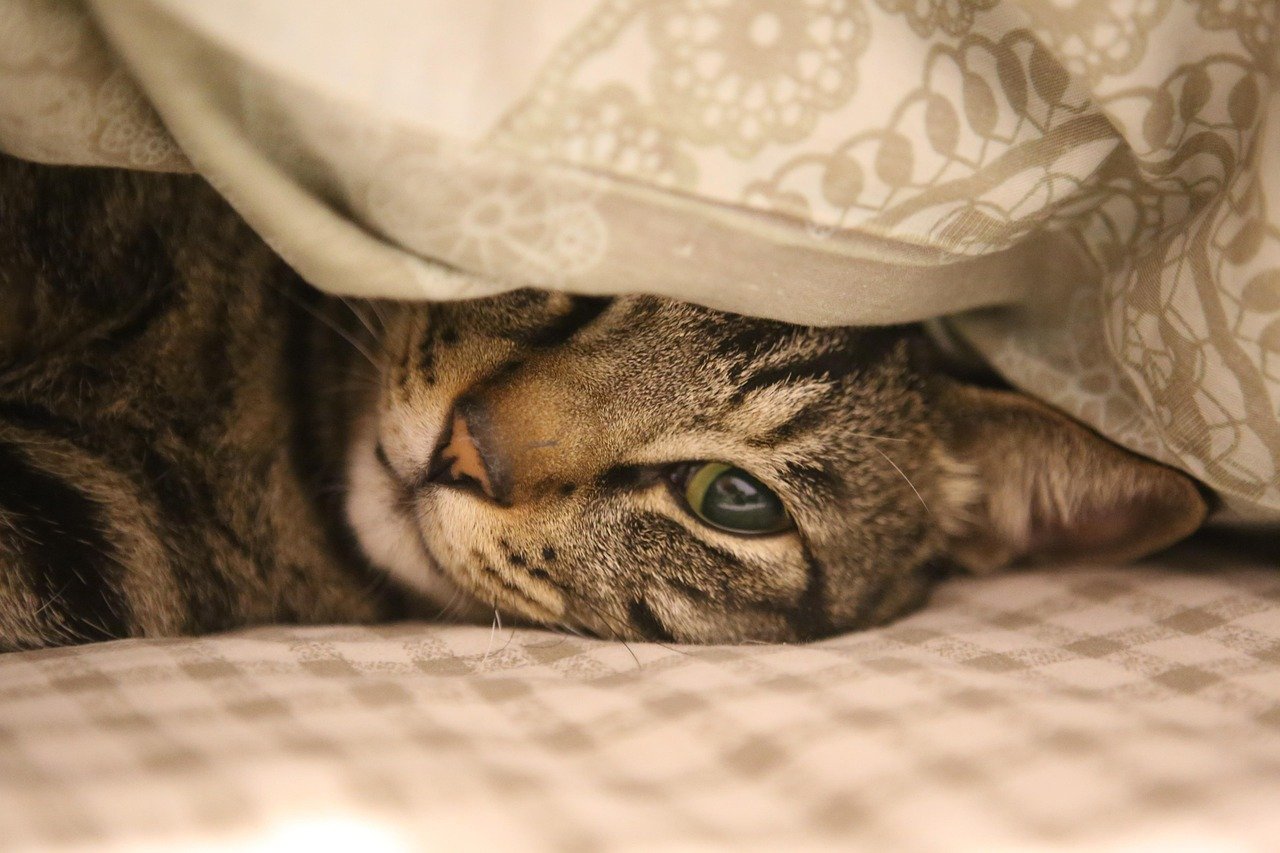
Cats aren’t always in the mood for company, and that’s okay. Sometimes, the best thing you can do is back off and let them have some alone time. Forcing interaction when your cat wants to be alone can make them anxious or even lead to aggressive behavior. Watch for body language cues—flattened ears, twitching tails, or a quick retreat mean “not now!” Instead, let your cat come to you when it’s ready for affection. Providing a few quiet spots around the house where your cat can hide or nap undisturbed is an easy way to show respect for their boundaries. When your cat knows it can escape and recharge, it will feel safer and more comfortable in your home.
Keep the Litter Box Clean and Accessible
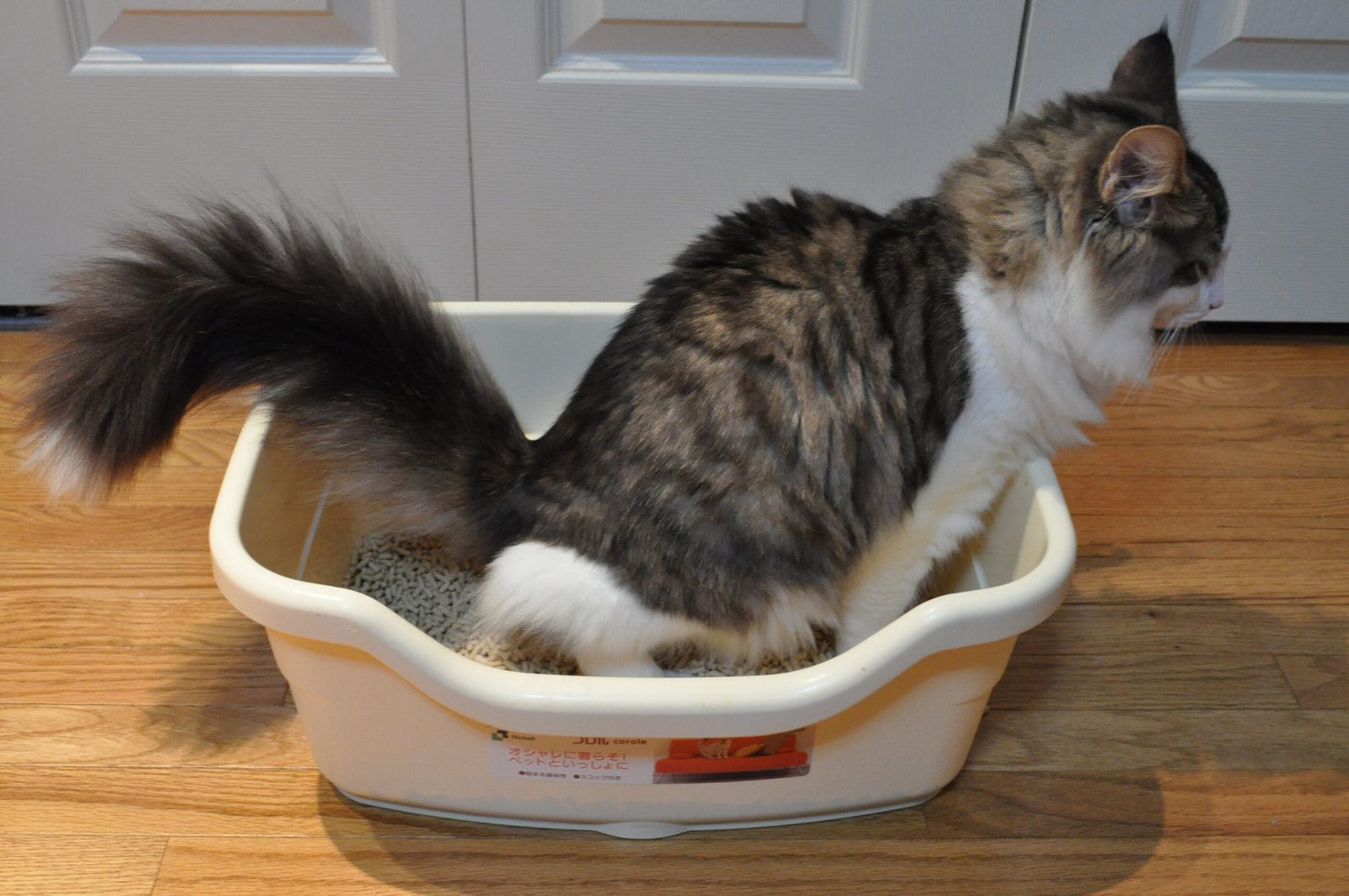
A dirty litter box is a major source of stress for cats. Imagine having to use a bathroom that never gets cleaned—gross, right? Scoop the litter box at least once a day and change the litter regularly to keep things fresh. Make sure the box is in a quiet, low-traffic area so your cat won’t be startled while doing its business. For multi-cat households, provide one box per cat plus one extra to avoid territorial disputes. If you notice your cat avoiding the litter box, it might be trying to tell you something—maybe the box is too small, the litter too perfumed, or it’s in a noisy spot. Keeping the litter box clean and inviting goes a long way toward reducing your cat’s stress and preventing accidents.
Introduce Changes Gradually
Big changes—like moving, renovations, or adding a new pet—can really rattle your cat’s nerves. To make transitions smoother, introduce changes slowly and gently. For instance, if you’re moving to a new home, set up a familiar “safe room” with your cat’s favorite things before letting them explore the rest of the house. If you’re bringing in a new pet, give your cat time to adjust to the new scents and sounds before any direct meetings. Use calming sprays or diffusers, and reward calm behavior with treats and praise. Patience is key; every cat adjusts at its own pace. Gradual change helps your cat feel more in control and less overwhelmed when life throws a curveball.
Encourage Scratching (the Right Way!)
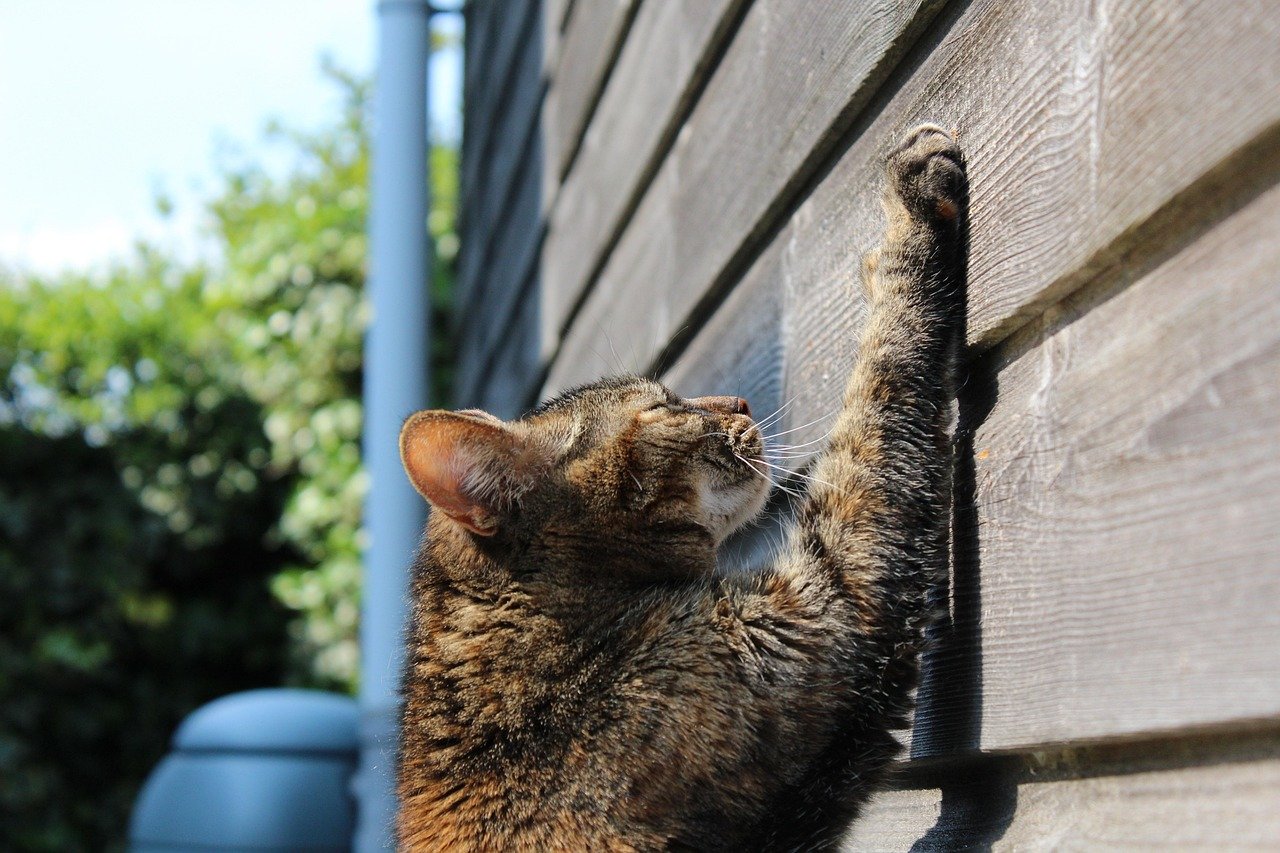
Scratching is as natural to cats as breathing—it’s how they stretch, mark territory, and keep their claws healthy. But scratched-up furniture can cause stress for everyone! Offer plenty of sturdy scratching posts in different materials like sisal, carpet, or cardboard. Place them in spots your cat already likes to scratch, such as near their favorite sleeping areas or along their usual pathways. Encourage use by sprinkling catnip or dangling toys nearby. If your cat scratches where it shouldn’t, gently redirect it to the post instead of scolding. Giving your cat permission to scratch in the right places keeps both of you happy and your home intact.
Provide Mental Stimulation
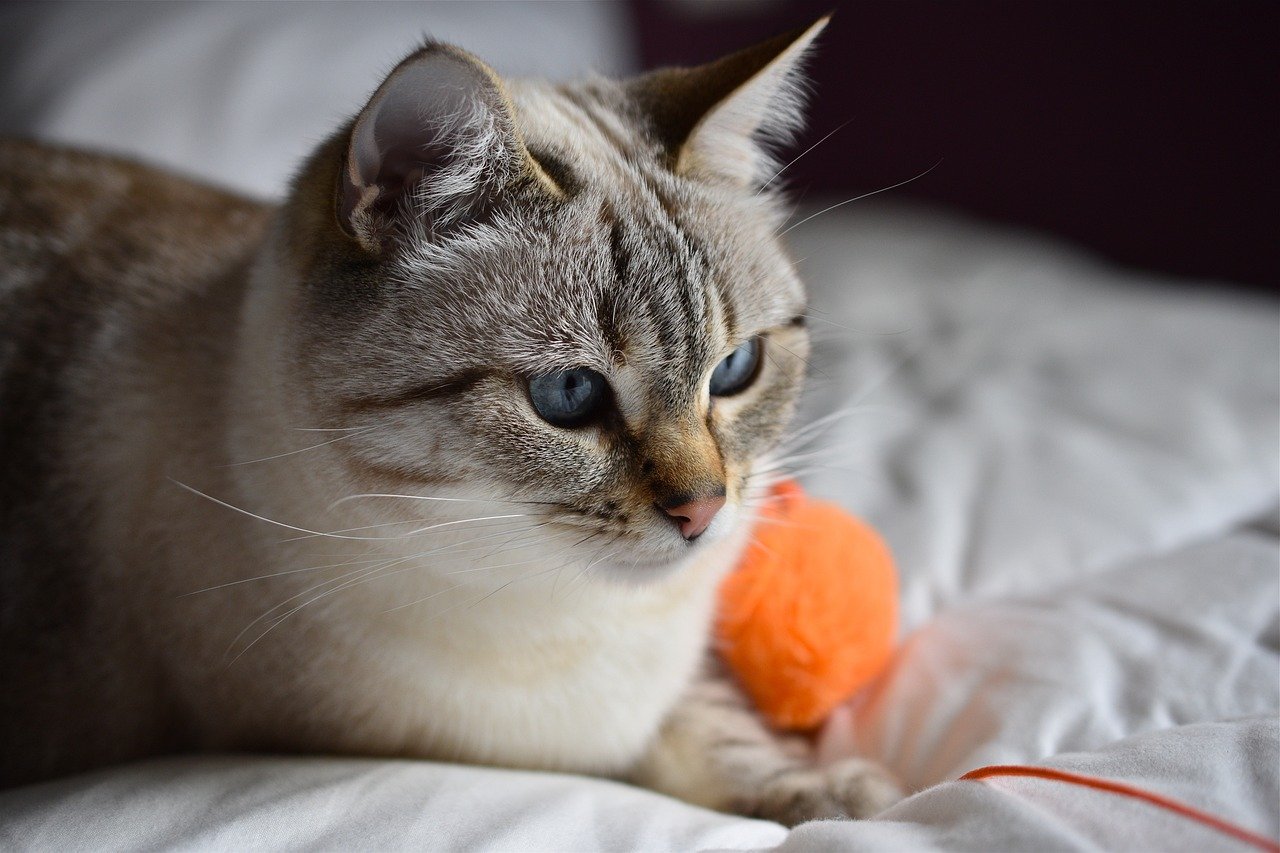
Cats are natural problem-solvers, and a lack of mental stimulation can lead to boredom and stress. Challenge your cat’s mind with puzzle feeders, treat-dispensing toys, or even simple DIY games like hiding treats in a muffin tin covered with balls. Rotating toys every few days keeps things novel and exciting. If your cat enjoys watching birds or squirrels, set up a window perch with a view of the outdoors. You can even play cat-friendly videos for them on your tablet or TV. Mental workouts help burn off nervous energy, prevent destructive behavior, and make your cat’s life more interesting and fulfilling.
Shower Them with Gentle Affection
Every cat is different—some love a good cuddle, while others prefer a gentle head scratch or a warm lap. The secret is to let your cat guide the way. Watch for signs of enjoyment, like purring, kneading, or leaning into your touch. Talk softly to your cat and use slow blinks, which can be a sign of trust and affection in cat language. Quality time together, even if it’s just sitting nearby while you read or watch TV, reassures your cat that it’s loved and secure. Regular, gentle affection strengthens your bond and helps your cat feel like a cherished part of the family.






